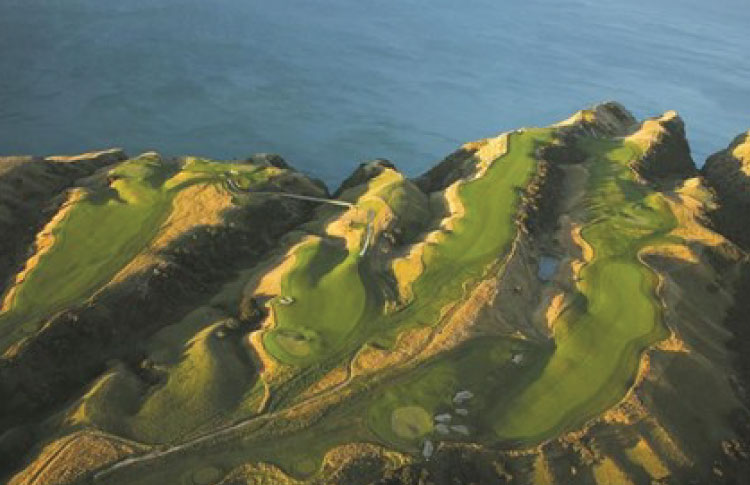New Zealand “If You Seek”


Are you seeking outdoor adventure, family fun, rest and relaxation, food and wine, cultural experiences, or a bit of everything? New Zealand has it all no matter when you visit. High season is summer (December-February). There are fewer crowds during shoulder season — September – November (spring) and March-May (autumn). Winter is June-August. We’ve uncovered some hidden gems for you to consider for your must-have New Zealand experiences:

Wine Regions: Sip and Savor Gourmet Experiences
Gourmet dining. Award-winning Sauvignon Blanc, Chardonnay, Pinot Noir, aromatic wines. Delectable local delicacies like green-lipped mussels, crayfish, seafood, olives, citrus. New Zealand’s ten wine regions are sure to enchant your senses. They are situated in valleys, fertile plains, among bays and along coastlines, around lakes and gorges, surrounded by mountains. New Zealand wines are world renowned, and almost 90% of it is exported. Marlborough, Martinborough and Hawks Bay are the most famous wine regions; other prominent regions include Northland, Auckland, Waikato/Bay of Plenty, Gisborne, Wairarapa, Nelson, Canterbury/Waipara and Central Otago.

Gibbs Farm/Kaipara Harbour: Sculpture Collection
A one-hour drive from Auckland, Gibbs Farms, which displays over 25 sculptures, is dominated by the Kaipara Harbour, the largest harbour in the Southern Hemisphere. The flow of the land, the immense body of water, the wide harbour flats and the assertive natural elements impose themselves on the artists’ vision. Walking the land, visitors see how each artist came to terms with the gravitational pull that is exerted on everything as the mountains roll into hills, slide into gullies and slope down towards the wide flat expanse of the harbour.

Source: 100% Pure New Zealand, Chris McLennan
Central Plateau: Fly Fishing
Local guides’ intimate knowledge can tailor individual excursions to suit you, while helicopter fishing trips into untouched backcountry rivers are guaranteed to make your stay an unforgettable one. Immerse yourself in New Zealand’s staggering landscapes to fish the unspoiled, trout-laden waters in isolation. With their fern-line banks dripping with moisture and a mountainous backdrop, Central North Island rivers are like fishing in paradise. Enveloped in just the sounds of nature, time stands still and you become one with your surroundings.

Oparara River Basin: ‘Lost World’ Experience
The magnificent Oparara river basin (part of Kahurangi National Park) offers explorers a ‘lost world’ experience. For a million years the Oparara river system has been sculpting the 35 million-year-old limestone into an intriguing complex of caves, arches and channels. In the forest, native beech and rimu trees shade mosses and ferns squeezing through cracks in the limestone to carpet the ground. Birds, insects and fish flourish in the untouched environment, which is home to the rare short-tailed bat, the giant land snail, the cave spider and blue duck.

Marquee Golf Courses: World-class Golf
Marquee Courses are designed by world-class architects such as Tom Doak, Dr. Alister Mackenzie and Jack Nicklaus. Strategically located near snow-capped mountains and/or isolated coastal stretches, these world-class courses provide stunning natural backdrops for a round of golf. Whether the course is known as “Pebble Beach on steriods” or as among the great modern marvels in golf or as the course that tamed the Tiger or as the Best Golf Resort at World Travel Awards or as doubling as a wildlife sanctuary, New Zealand’s Marquee Courses do not disappoint.

Source: Tourism New Zealand
Poor Knights Islands: One of the World’s Top Diving Spots
The Poor Knights Islands are home to the Rikoriko Cave, one of the largest sea caves in the world. From turbulent sunlit waters and kelp forests on the upper reaches of the tumbling ‘giant staircase’ to the dark waters of the islands’ many caves, the Poor Knights offer an extraordinary variety of underwater experiences for novice and experienced divers including sponge gardens, gorgonian fields teeming with fish, shellfish, stingrays, urchins and anemones. Many of the subtropical fish living in the marine reserve are found nowhere else in New Zealand.